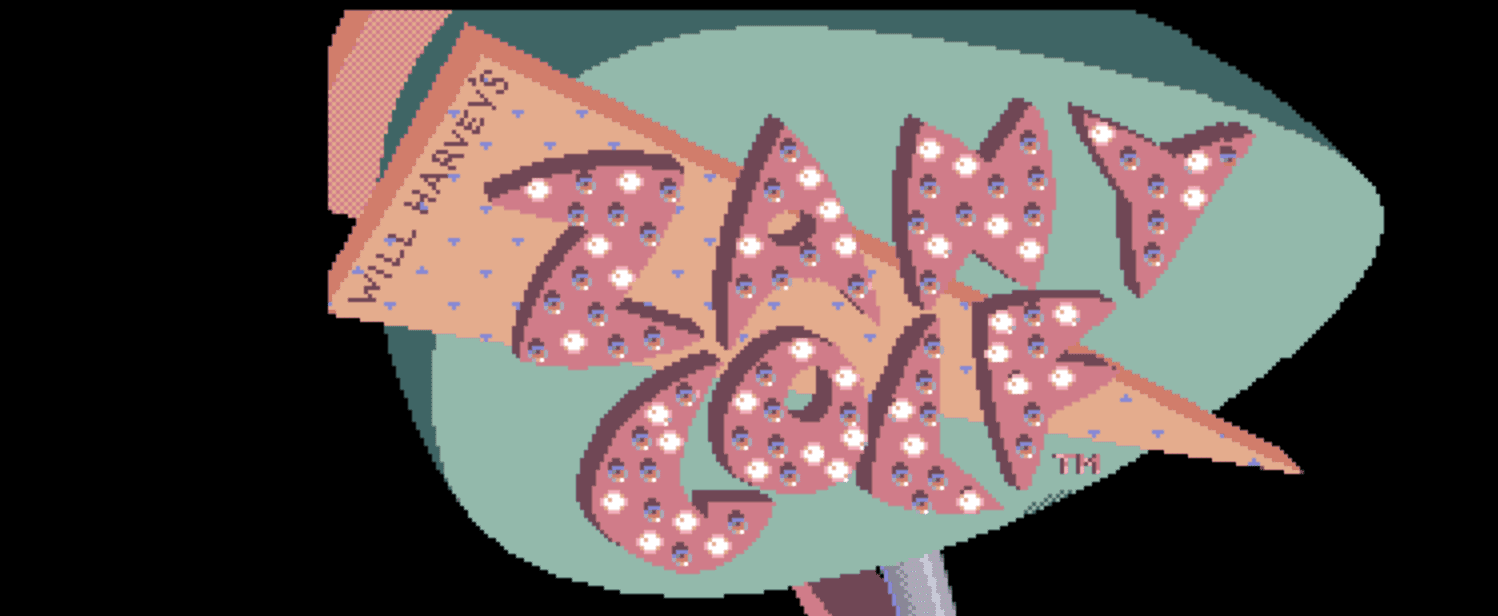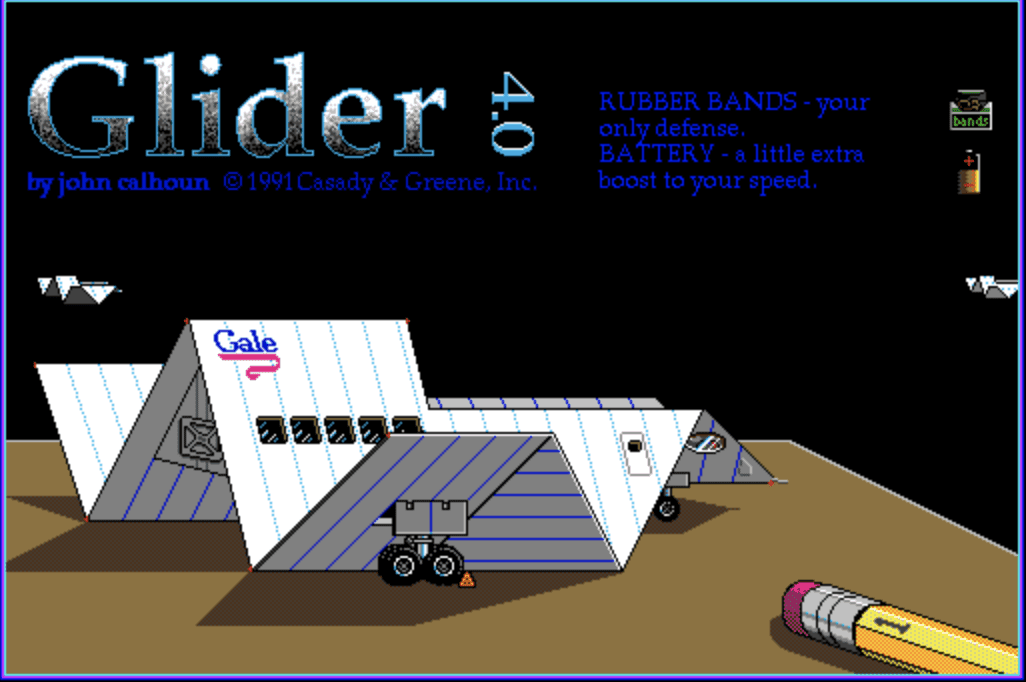Some of our readers have been using Apple computers since the very early days of the company; many are new to the Mac. In the 1980s, a lot of low-res classic games were published for the Apple II and other early computers. While they don’t compare in complexity or sharpness of graphics to today’s games, they hold a certain charm. Today I’ll show you how to play classic games on your Mac. Maybe you can pass along the “fun” of dying of dysentery on the Oregon Trail to a new generation!
No Emulator Required
In the past, playing an off-platform game – say an Apple II classic – on a Mac required loading an emulator of some sort. Once you got the emulator working, you needed to find a legal copy of the game to load. All that’s a thing of the past with the Internet Archive.
You may know the Internet Archive from the Wayback Machine. That’s a collection of old web pages reaching back to the early days of the Internet. If you want to see a really ugly 1990s website, I invite you to look at pdantic.com. That’s a website about PDAs (Personal Digital Assistants) that I started up in 1994. The earliest archive copy of the site is dated November 13, 1996.

The Internet Archive features web versions of many arcade and computer games for Mac, PC, Apple II, Commodore 64, and Atari in an online arcade. By “web versions,” I mean that the games are meant to be played in a web browser. No emulator is required!
Classic Apple II Games
I was a Mac user before I ever owned an Apple II, but at one time I owned an Apple IIGS. This was a 16-bit machine that appeared in 1986. It had sound and color graphics that were well beyond anything available on the “traditional” Apple II platform or the Mac at that point – the first color Mac (the Mac II) didn’t arrive until 1987.
This is why I found out about the Internet Arcade. There was a really fun game for the IIGS called Zany Golf that kept my wife and me enthralled (and frustrated) for weeks, and I wanted to see if I could find the annoyingly catchy music somewhere. Much to my amusement, I found a playable version of the game!

No Sound…
Not everything works like it did in the original version. For example, while the game prompts the player to “press 1 – 4 to start”, it’s actually a click of the mouse that gets things going. It also didn’t have the soundtrack I wanted to hear, although the game allegedly had sound turned on. It turns out that most of these games don’t have sound, which is a sad thing.
Another favorite from the era was an educational game called Oregon Trail. I didn’t play it, but it was popular in early school “computer labs”. You can find many other educational games, as well as productivity software for the Apple II machines. The game linked to here doesn’t go any further than letting your team of settlers purchase supplies, but there are other versions available.
Classic Mac Games
As with the Apple II machines, there are classic Mac games and apps available. In an earlier article on The Rocket Yard, I mentioned the work done on another way to try out old Mac apps – Macintosh.js. Yes, there is a Mac version of Oregon Trail available…

The Internet Arcade features only 177 Mac apps, but it’s a great way to get a feel for how old Macs used to work. A real time-waster that I liked was Glider, a game where you fly a paper airplane around a room. Air vents and candles provide lift, but getting too close to a candle causes your glider to go up in flames.
Classic Games for Other Platforms
The Mac and Apple II aren’t the only computers with free online classic games and apps. If you miss an old favorite, search the following locations to see what’s available:
Sure, to our eyes these games and apps look crude, but developers didn’t have unlimited storage, RAM, and CPU/GPU power when these were written. For some readers, this will be a trip down memory lane and a reminder of how far personal computing has come. For others, it’s an opportunity to appreciate just how good technological advances have made our work and play lives.







I would love to play Boom! again. Someone was developing a new version but he seems to have given up (I was beta testing it for a while). It’s funny how those old games still have a hold on us!
I actually liked a lot about mid-to-late 90s websites. Sure, the title crawls and blinking text could be a bit much, and some elements repeat in a distracting manner on the larger screens of today. But they were mostly straightforward, without all the adverts, pop-up videos, etc. You could code them by hand. They were information/content-heavy and free from the “mobile-friendly” design aesthetic that seems to to require huge images, lots of whitespace, and three times as much real estate in general. Guess that makes me an old curmudgeon.